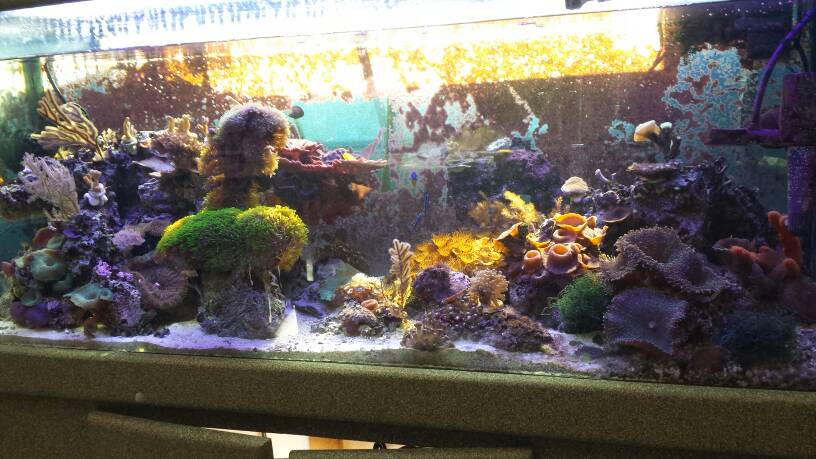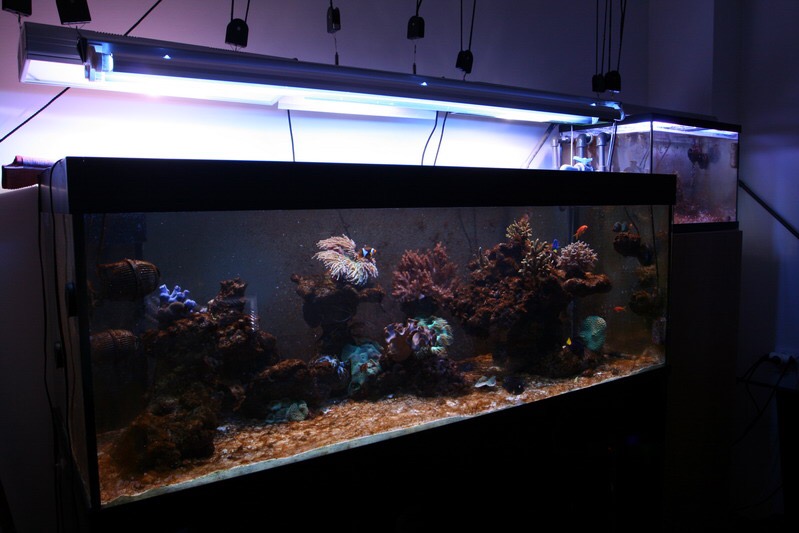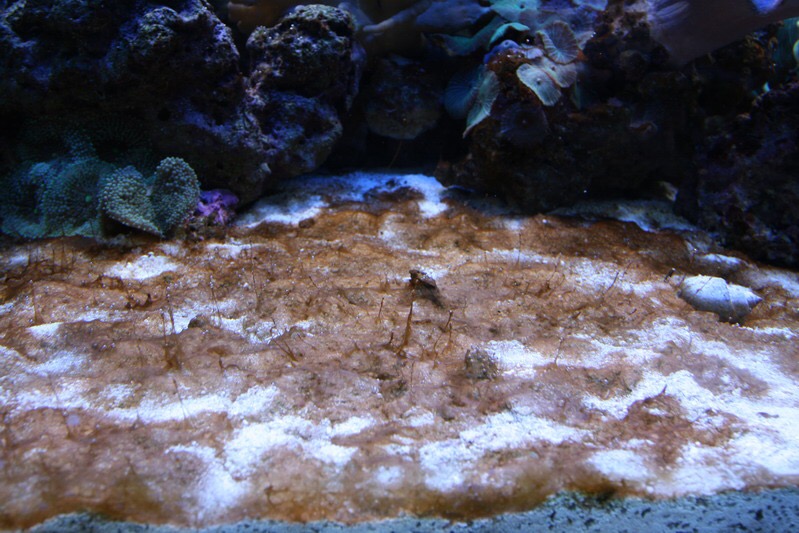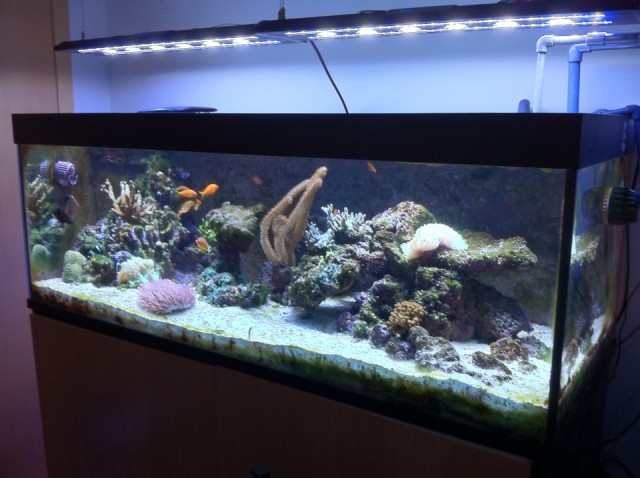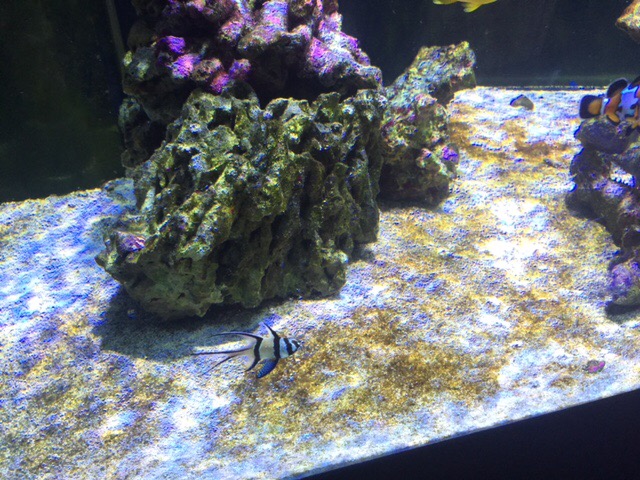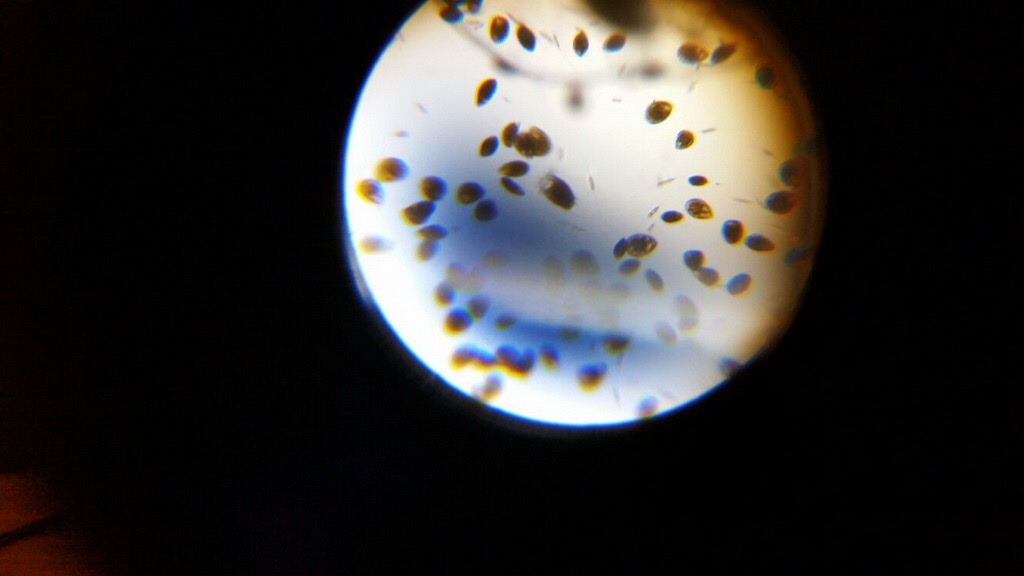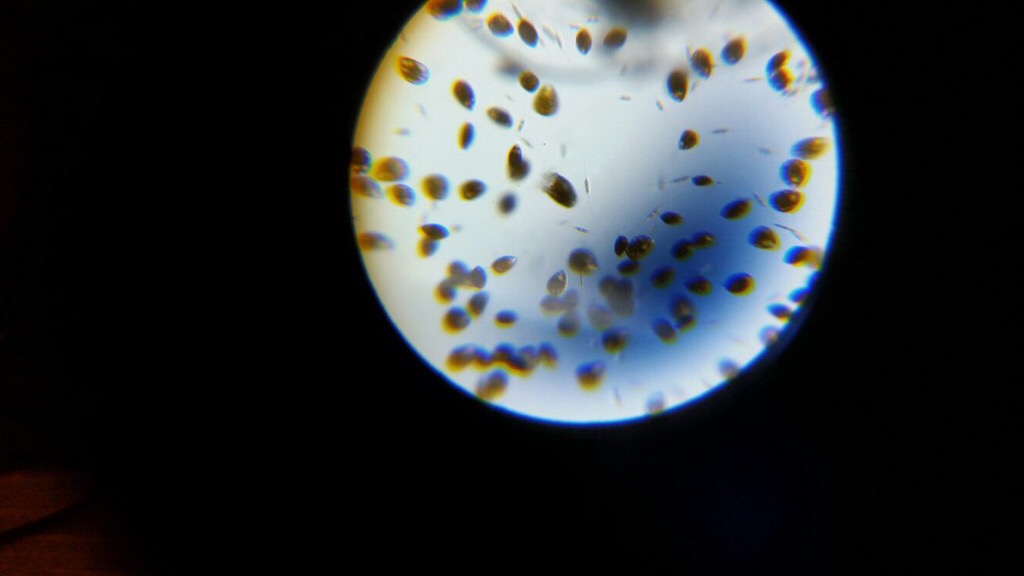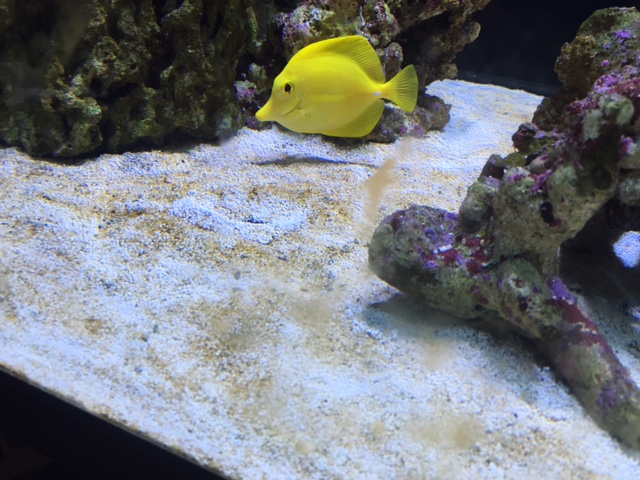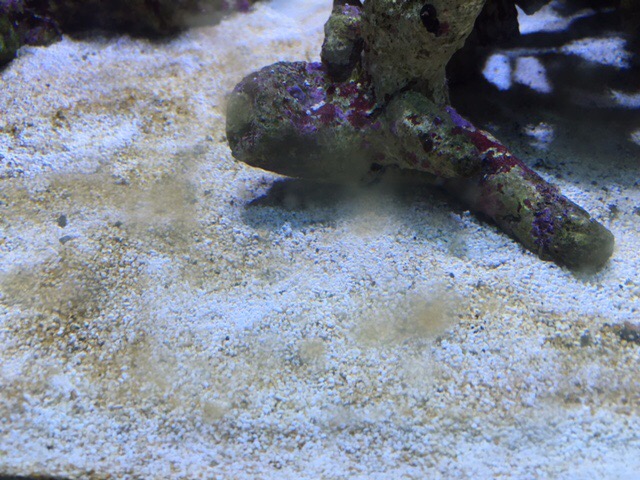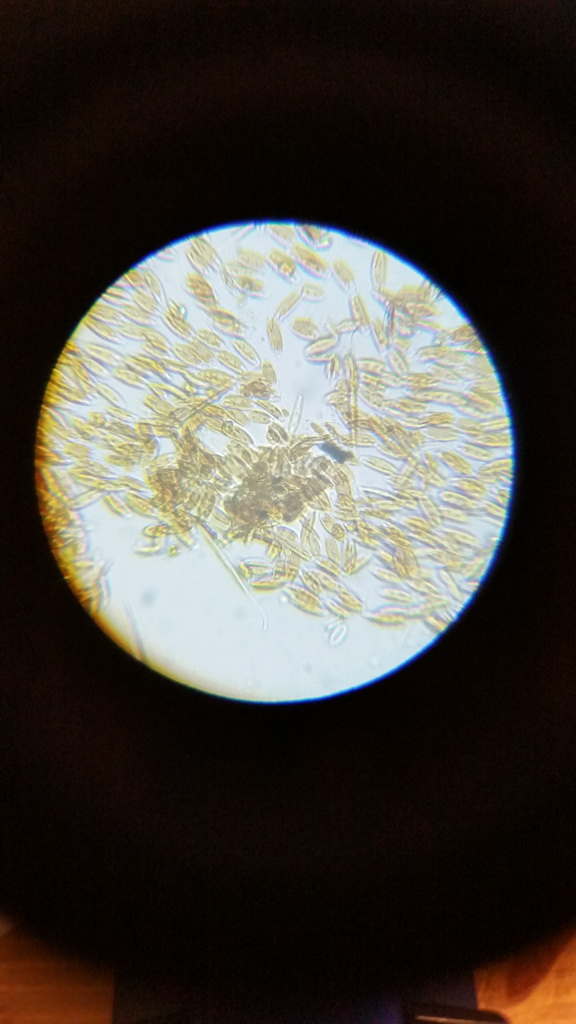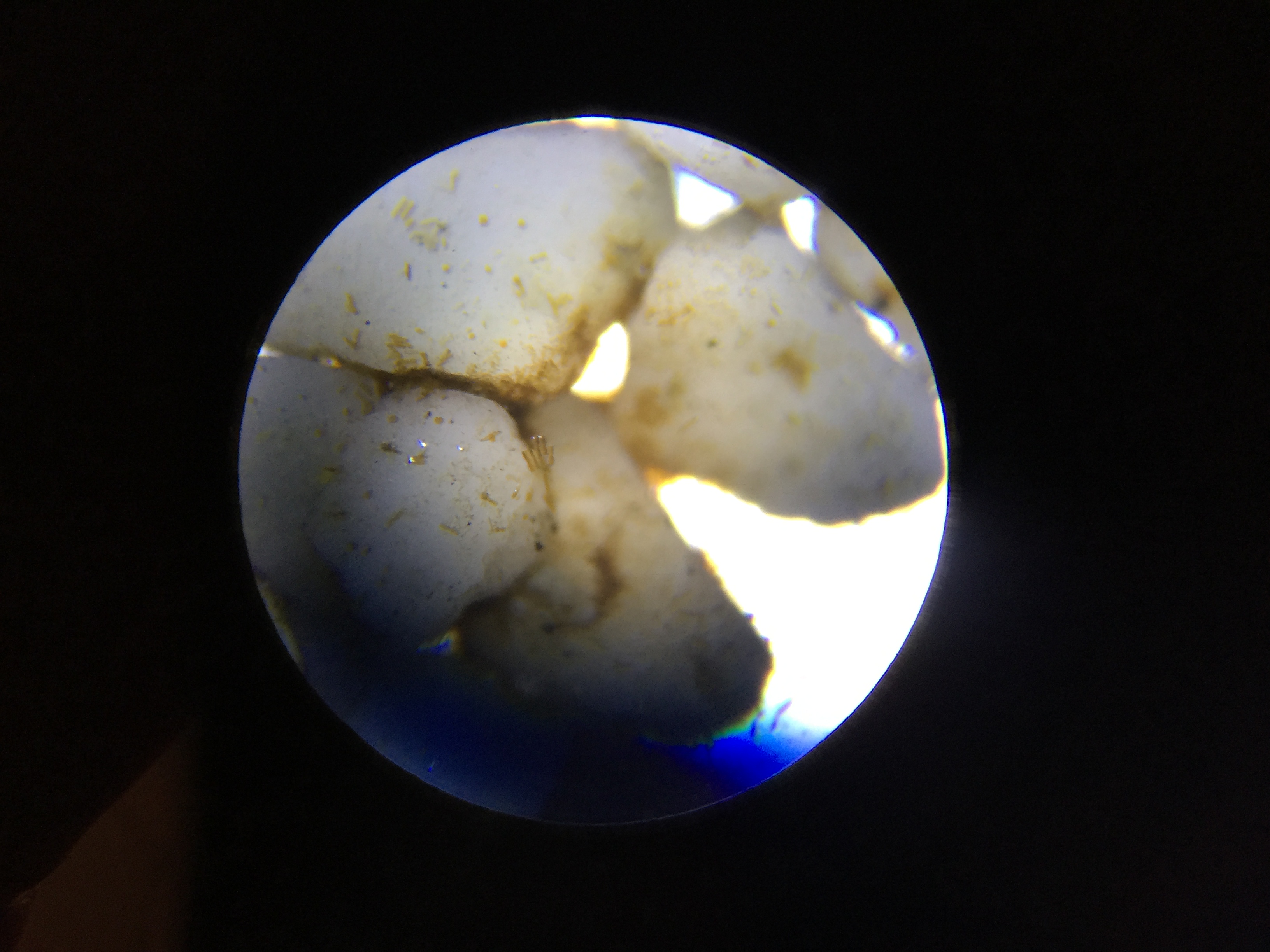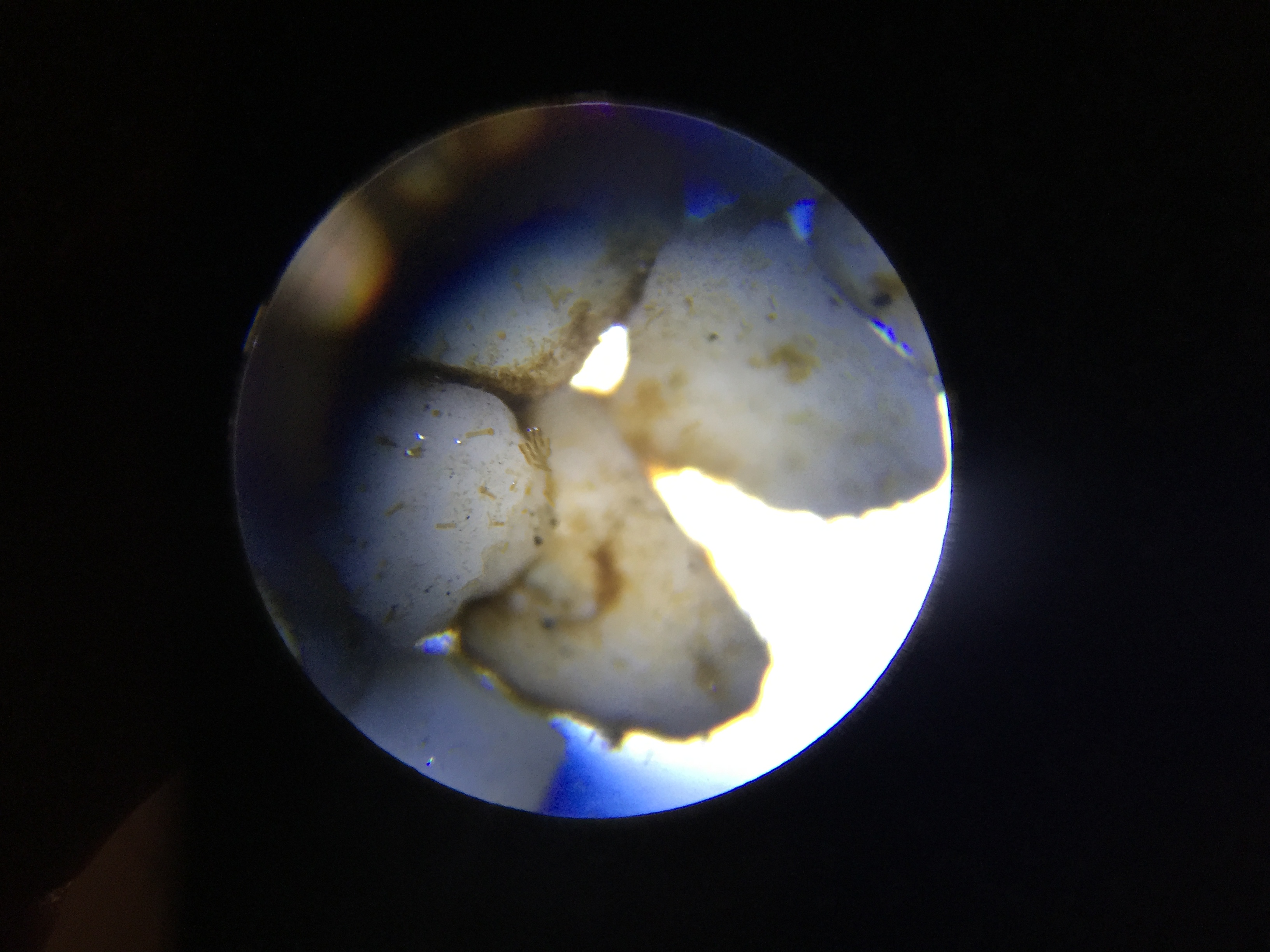- Joined
- Sep 8, 2015
- Messages
- 6,514
- Reaction score
- 6,511
Yes. Its the same nutrient consuming crap I had before. It killed off 70% of my clean up crew the first time.Sorry they came back

– do you know what happened?
What happened was after the defeat, hair algae and cyano took over. I decided to get another turbo snail and 6 hermits. The hermits killed 2 of 3 remaining cerith snails and the turbo lasted 2 weeks before dying. Hair algae was growing vigorously. I tried several attempts to manual toothbrush away the algae. All the while dosing vibrant. Vibrant lasted maybe 3 weeks. It helped but scares me at the same time, so I stopped. Hair algae kept going and going. PO4 was quickly going down. But hair algae was quickly growing back and so was cyno. So I took some advice and started running a small amount of gfo and carbon. It ran for 4 days until I notice that PO4 rapidly dropped. I thought it was strange though, because I literally used 2 teaspoons of GFO in a mesh bag. Anyway, PO4 quickly went from 0.013 to 0.001 or 1 ppb. I tested nitrates last night and they read 0.20 down from 3.
This tank is so out of wack. The nutrients will never stabilize without me dosing them and honestly, that concept is ridiculous. Its good for a fix, but not good for long term.





